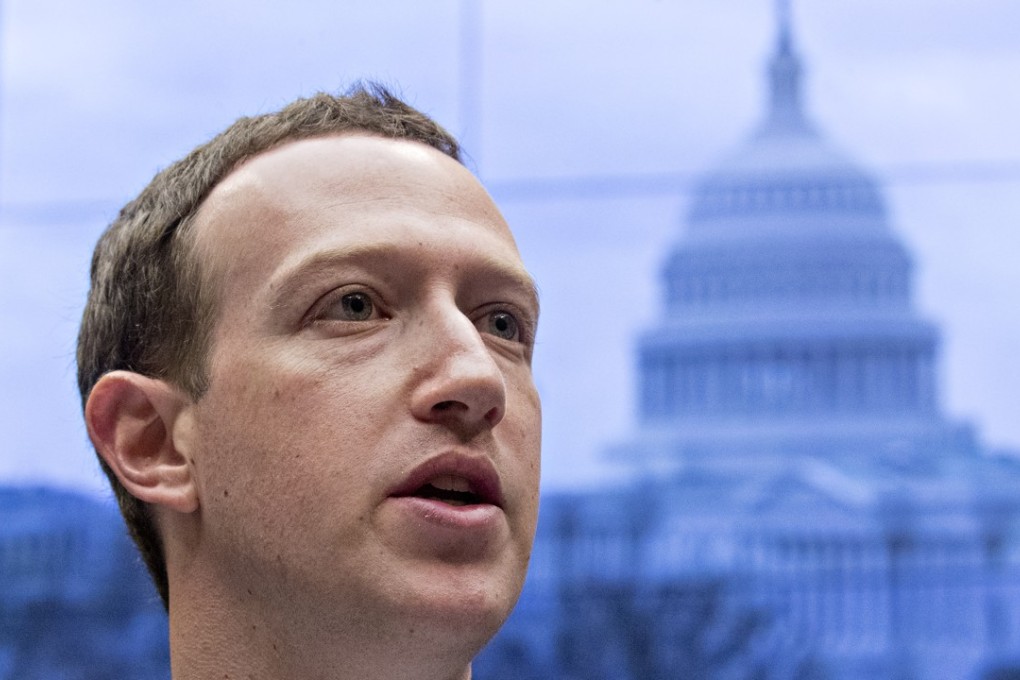Facebook profit beats Wall Street forecasts, calming concerns – for now
- CFO David Wehner calmed concern about costs next year and quarterly earnings suggest business is holding up
- The company’s flagship social network has almost reached saturation point in terms of growth, especially in the US and Europe

Facebook Inc. Chief Executive Officer Mark Zuckerberg is betting the company’s future on video and disappearing posts called “stories,” not the company’s famous news feed. Investors are buying into the vision for now.
The newer products may make less money and steal user attention from the main stream of photos, comments and lucrative ads on the social network, Zuckerberg warned. Marketers aren’t totally comfortable with the new formats yet, and 2019 will be another year of significant investment, he added on a conference call with analysts Tuesday.
Still, the CEO said the opportunity will be bigger than the news feed over time. Chief Financial Officer David Wehner also calmed concern about costs next year and quarterly earnings from the company suggested its business is holding up in the wake of scandals and privacy breaches.
Facebook shares rose 3.1 per cent in extended trading, after closing at US$146.22 in New York. Earlier this year, the company said revenue growth rates would decline in the third and fourth quarters, sending shares plummeting. That set a low bar for Tuesday’s results.
The company’s flagship social network has almost reached saturation point in terms of its growth, especially in the US and Europe. And new Facebook users often live in less-lucrative advertising markets. That is left company spending heavily on more experimental projects.
Future revenue growth depends on Facebook’s ability to shift marketers’ interest to new ads in messaging services, and marketing spots embedded in a popular way of sharing called “stories,” especially on Instagram. In those formats, users post videos about their day that disappear within 24 hours. Users tap through them and see ads in between.